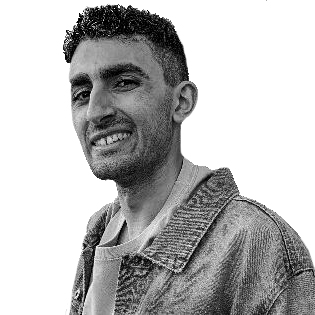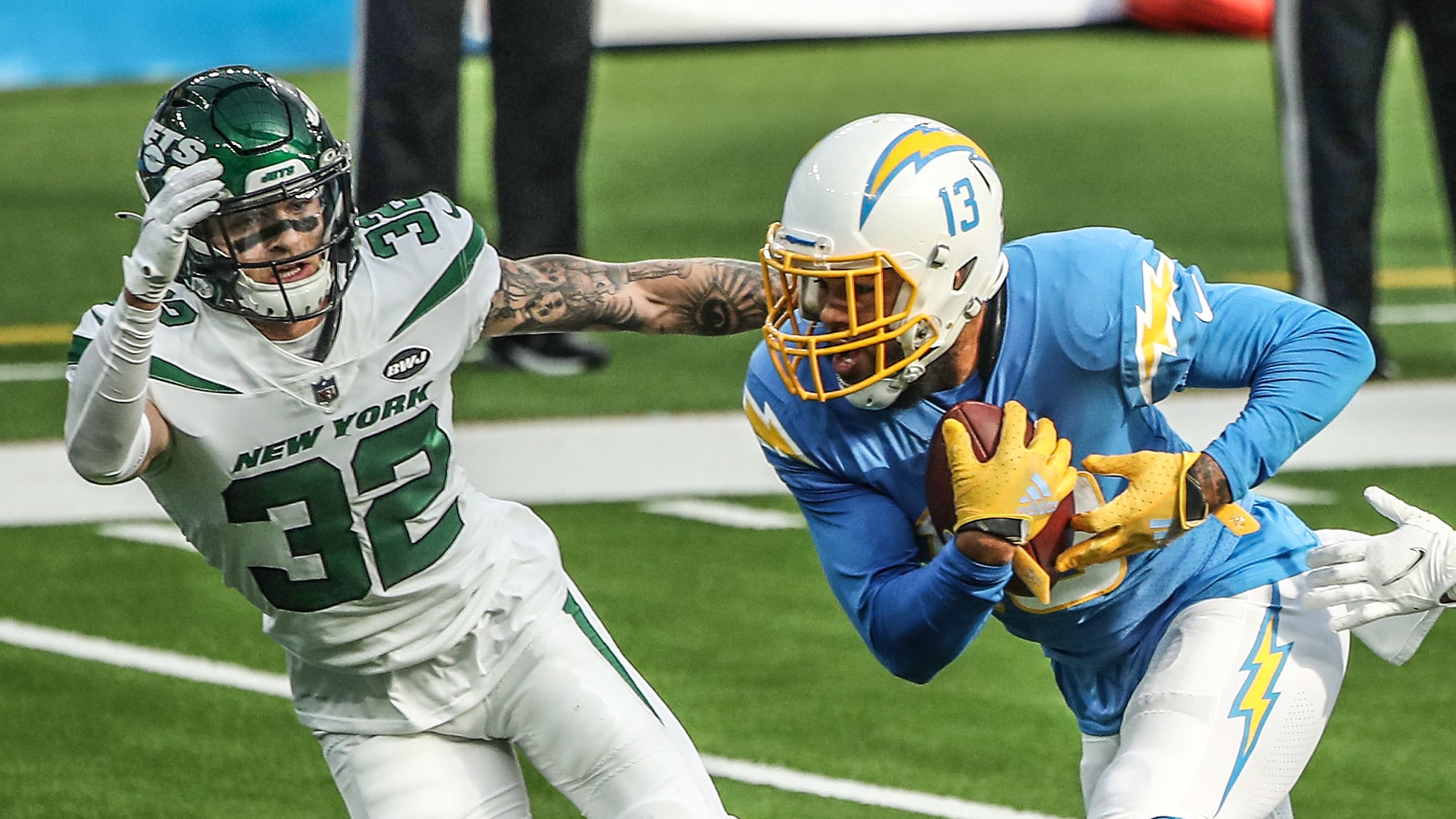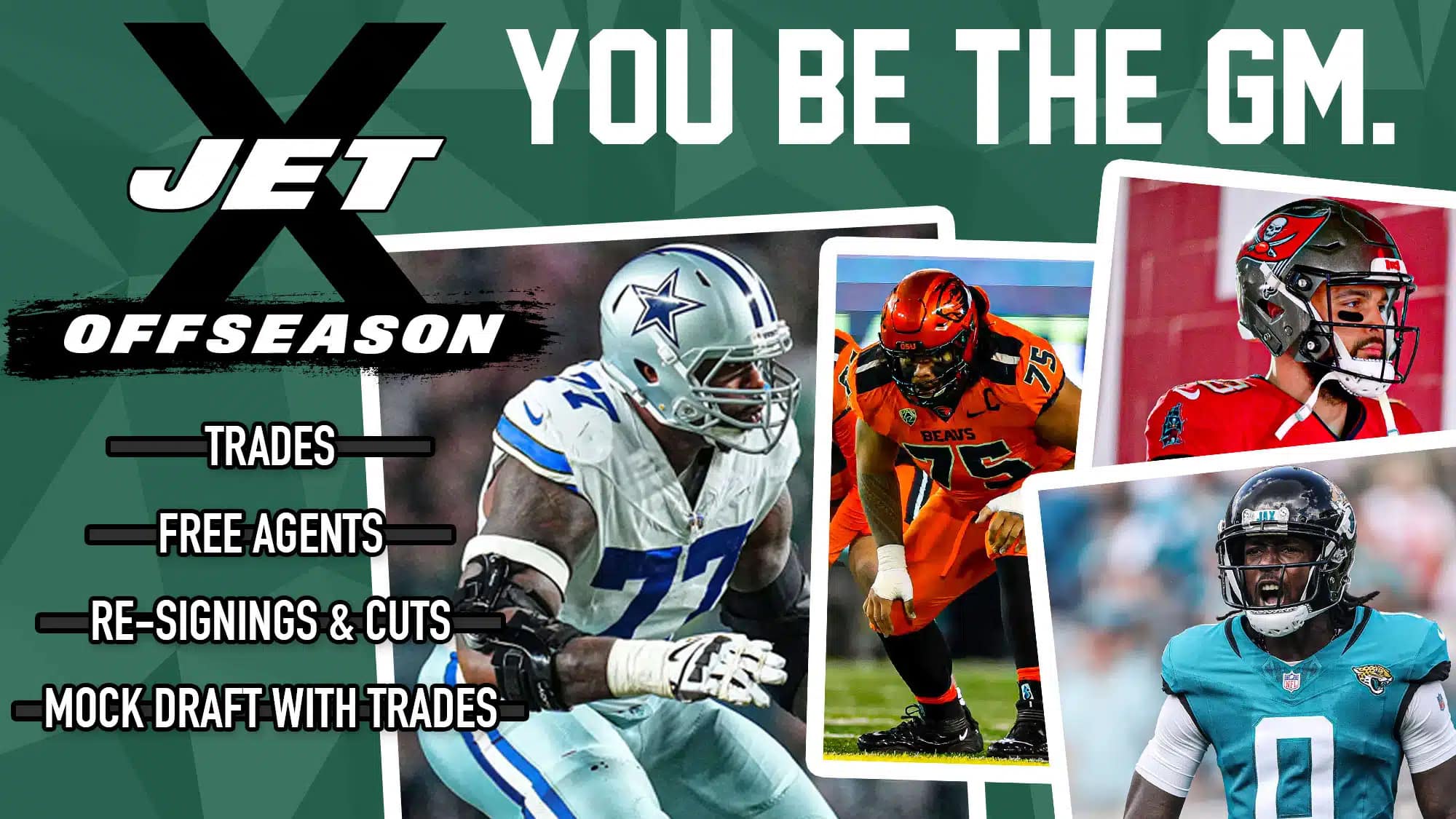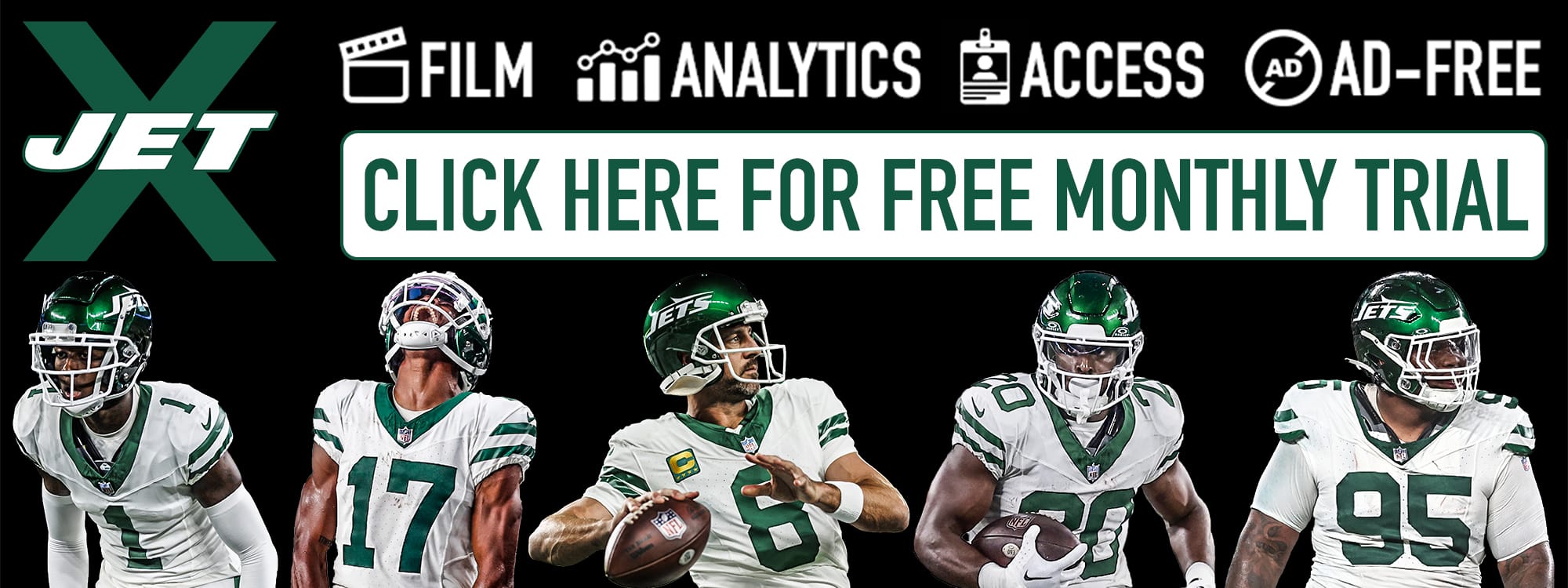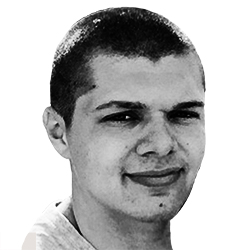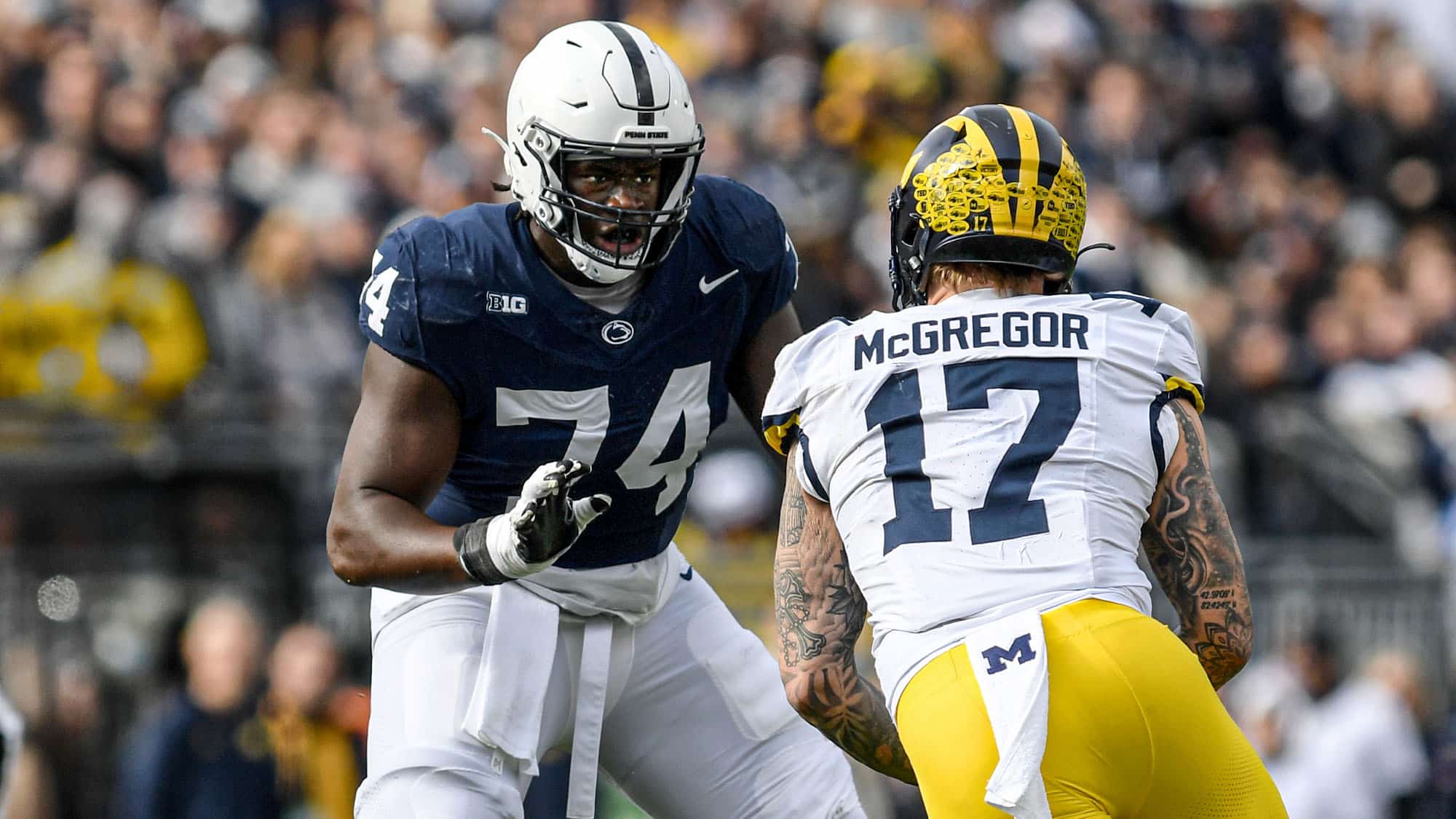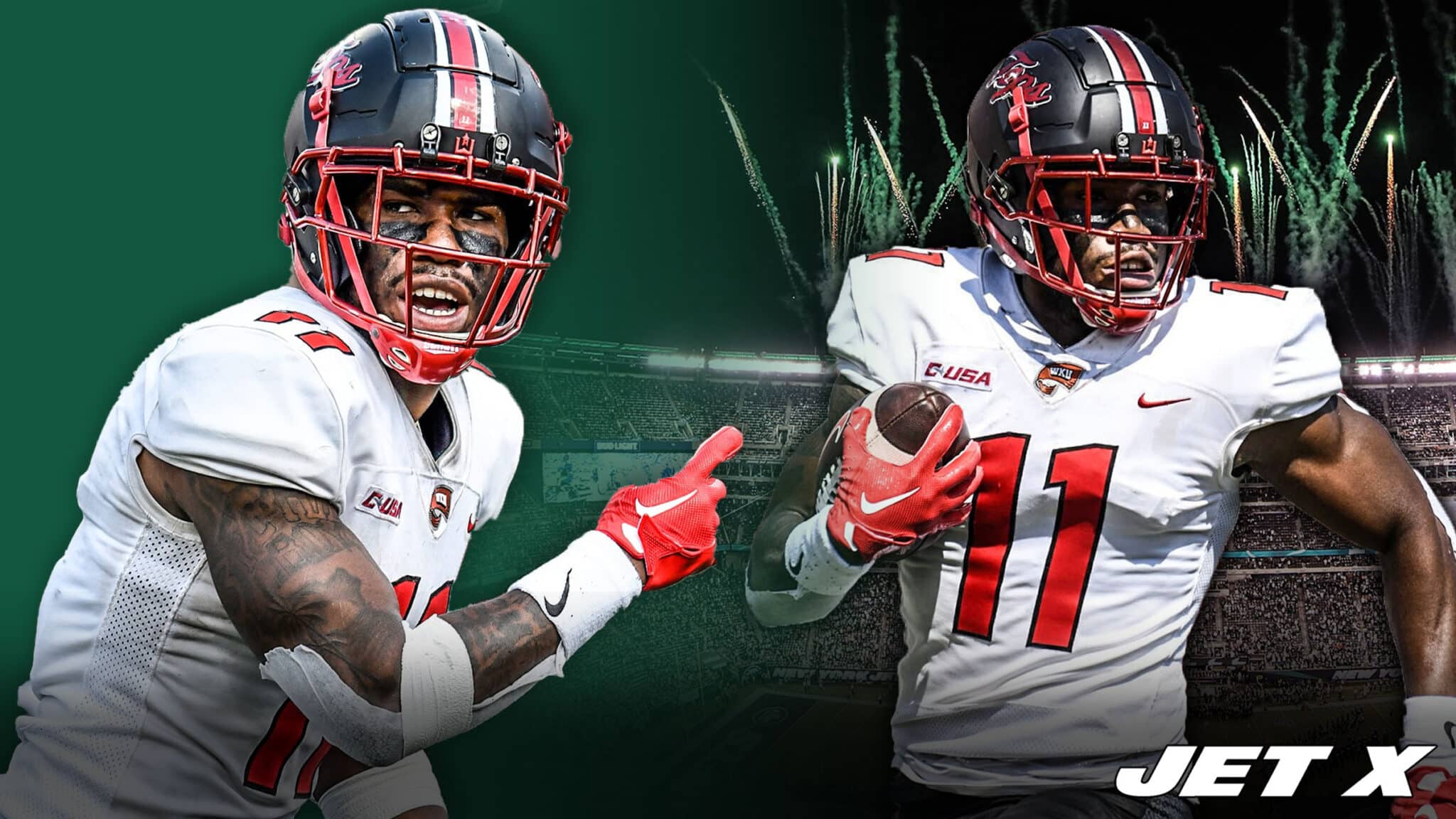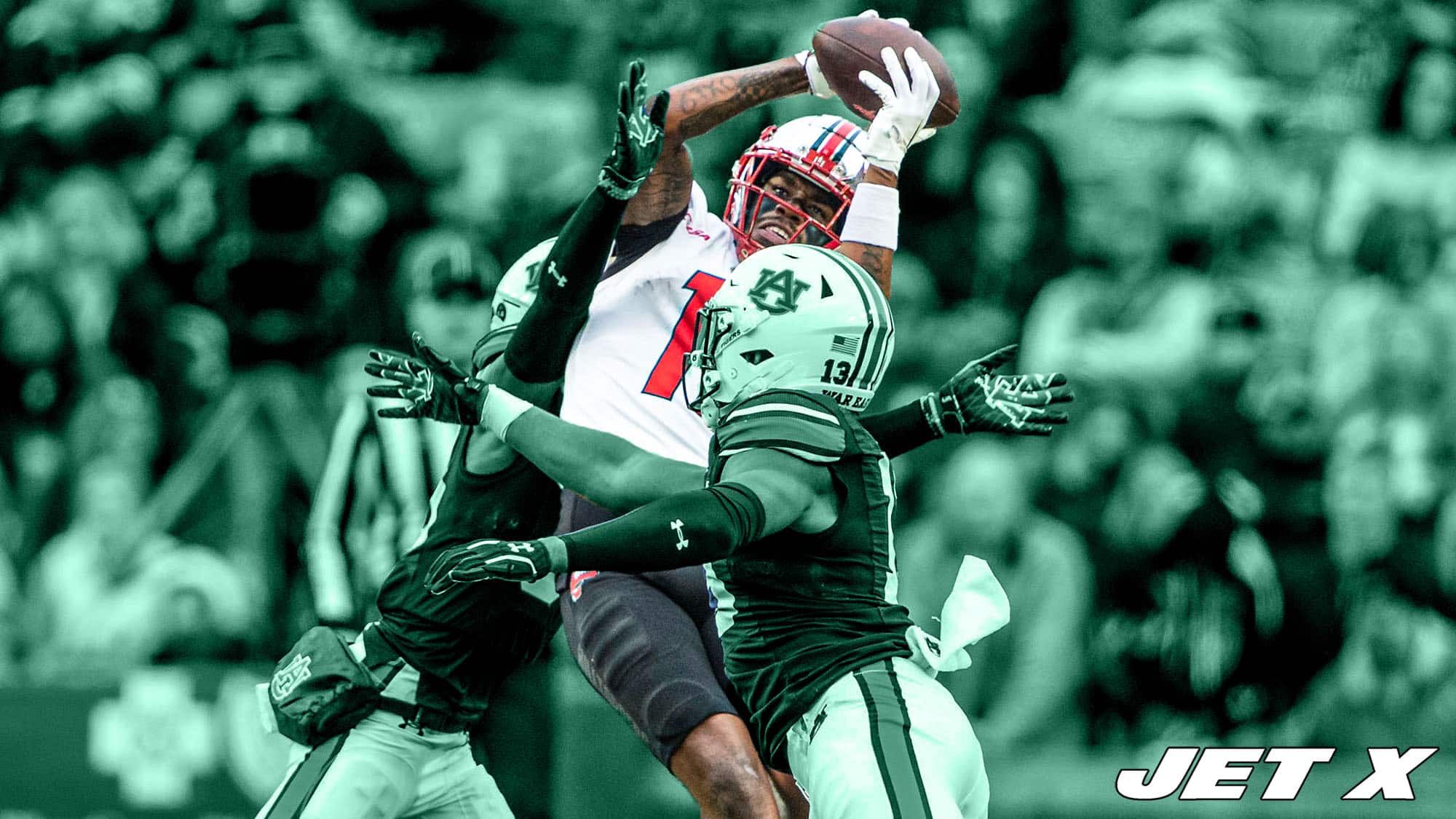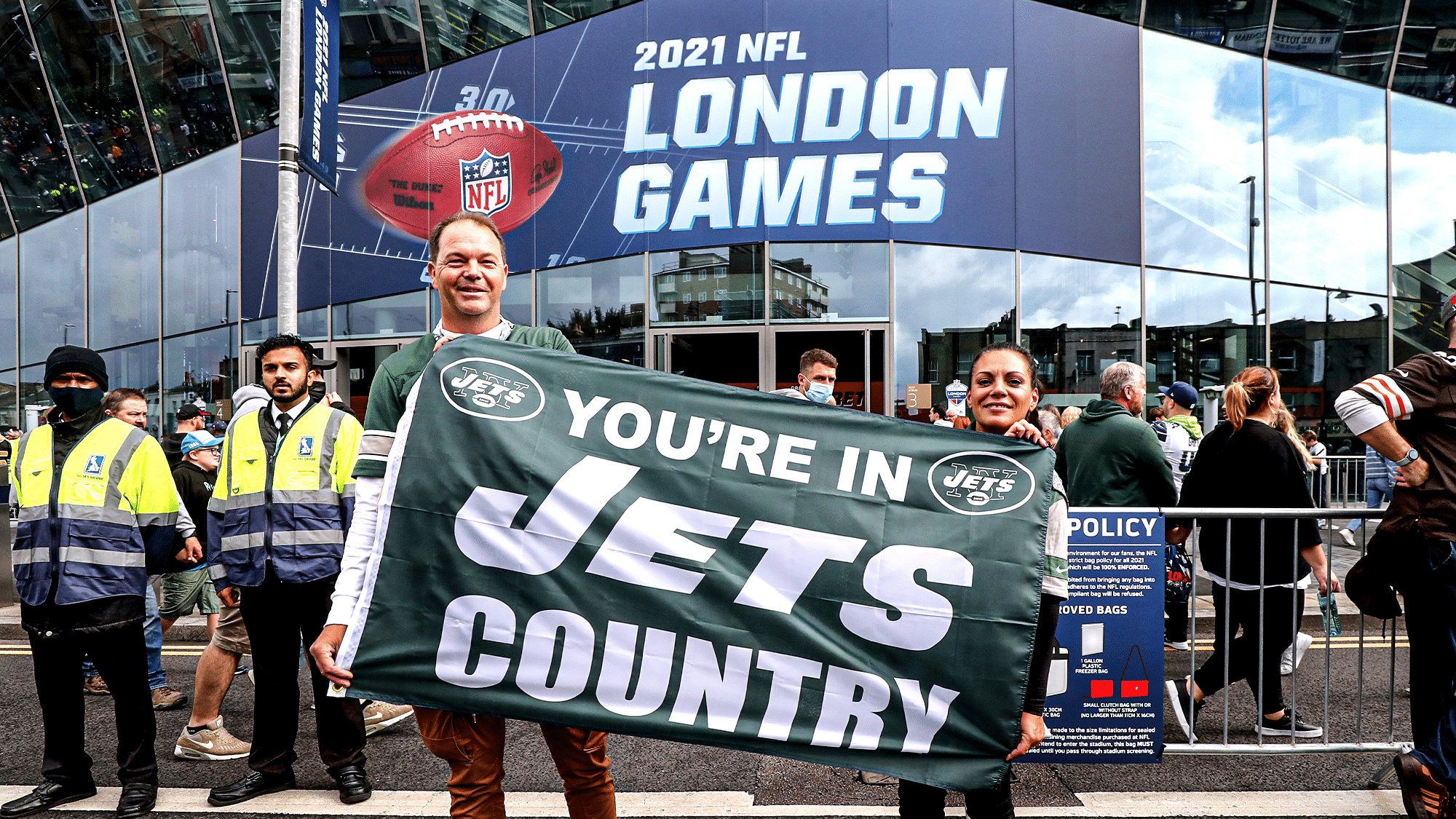New York Jets safety Ashtyn Davis was drafted to play deep, but he ended up primarily playing in the box. Can he stay there?
When the New York Jets selected Ashtyn Davis with the 68th overall pick in the third round of the 2020 NFL draft, most assumed that his primary home as a professional would be the free safety position. Davis’ speed, athleticism, range, and deep zone coverage ability were the traits that stood out the most from his college film at California, so a deep safety role seemed like the natural fit for him in the NFL.
Davis began the season as a backup while Marcus Maye slid into Jamal Adams‘ strong safety role and the newly-acquired Bradley McDougald primarily manned the free safety spot. Across the five games in which Davis was active over the first seven weeks of the season (Davis missed two games from Weeks 3-4 with a groin injury), he played only 59 defensive snaps (11.5 per game), including none in Week 1 and Week 6.
Heading into Week 8, McDougald was placed on season-ending injured reserve, paving the way for Davis to take over as an every-down starter.
However, with Maye having moved back to free safety in Week 6, Davis ended up spending a lot of time near the line of scrimmage. According to Pro Football Focus’ tracking, from Weeks 8-13, Davis lined up at free safety on 39.1% of his snaps, while he lined up elsewhere 60.9% of the time. Over the same span, Maye played free safety on 70.6% of his snaps.
Play: 👉 the Jet X Offseason Simulator
With Davis locked-in for the foreseeable future and Maye’s contract expiring in just under a month, the Jets have some interesting decisions to make at this position. Do they believe in Davis as a long-term starting strong safety next to Maye? Would they rather let Maye walk and have Davis fill his shoes at free safety while finding a new strong safety? What if they do not see Davis as a starter at all, and believe they need to add a new starter to put next to Maye while using Davis as a versatile third safety?
Whether or not Davis proves he is capable of handling a box role will be an integral variable in the future of the Jets’ secondary. Let’s dig into some of what he showed on film throughout his time as a starter.
Run defense
The Good
It goes without saying that a strong safety who frequently lines up in the box needs to be able to provide good run support. Quality play recognition, smart gap-filling, effective block-shedding, and reliable tackling in traffic are essential traits. Davis showcased many of these things.
Lined up opposite the tight end about three yards downfield, Davis quickly diagnoses the run play as the tight end kicks out to block the edge defender. The right tackle works with the right guard on a double-team against Harvey Langi, leaving Davis free. Davis zips through the D-gap and avoids overpursuing, remaining patient at the point of attack. Once he sees Kalen Ballage commit to running in his direction, Davis goes low and hits him at the knees for a four-yard loss (combining with Jordan Jenkins).
Coming unblocked off the back side as the wide 9-tech, Davis shows off some of his speed and range as he tracks down Troymaine Pope and stops him for a gain of five yards before he can break loose.
Tackling was not a problem for Davis in his rookie season. He missed only one tackle all season, leading all qualified safeties with a position-low missed tackle rate of 2.7% (36 tackles, 1 missed tackle). Against the run, he made 10 tackles without a single miss. It is a bit concerning that he heavily relies on head-first tackles to the legs, so he does need to work on going head-up more often if he is going to maintain his low miss rate, but it is promising that he was able to keep the whiffs to a bare minimum even without perfect technique.
Davis showed flashes of being able to defeat the blocks of wide receivers on a consistent basis. Lined up against Jakobi Meyers in the slot on this play, Davis gets low and plows Meyers into the backfield.
Davis creeps down into the C-gap across from Meyers. Off the snap, Davis feels Meyers’ aggressive attempt to seal him outside. Davis dips his inside shoulder, beating Meyers to get an angle into the backfield. I’m not a big fan of what happens next, as Davis seemingly assumes the play is over and Meyers to manhandle him throughout the rest of the rep, but the initial move from Davis is impressive.
Recognizing the incoming crack block from Jakeem Grant, Davis lowers his outside shoulder and bounces off of Grant with ease to fulfill his C-gap responsibility. Blame Lamar Jackson and Tarell Basham for this run breaking loose.
Great work by Davis here against the fullback. He sets himself up on the edge, lowers his shoulder, and fires it into Jakob Johnson, sending him flying into the air. Johnson trips Damien Harris, and Harris ends up going down for a one-yard loss. Davis got no tackle credit on this play even though he was the one that made it happen.
The Bad
Davis had some trouble matching up with tight ends in the run game. His lack of size (200 pounds) and strength (14 bench press reps at the Combine, 23rd percentile among safeties) could make him a mismatch for tight ends.
On this goal-line play, Davis is in man coverage against tight end Ryan Izzo (256 pounds) and motions with him to the inside. As New England hands the ball off, Davis attempts to engage but gets pancaked.
Davis goes in motion across the formation with Foster Moreau (250 pounds), and the Raiders run a toss play to Davis’ side. Davis is pinned inside by Moreau as his momentum is completely stopped upon contact.
Overall, I was surprisingly impressed with Davis in the run game. His size is an issue against tight ends, but his play recognition, speed, pursuit angles, block-shedding against wide receivers, and tackling were all pluses in this phase when he lined up near the line of scrimmage.
Coverage
The Good
Against the pass, safeties who play near the line of scrimmage need to be capable of handling man-to-man assignments against tight ends.
While Davis had his share of rough moments in coverage throughout his rookie season, he had some bright flashes that suggested he has the potential to develop into an excellent man-to-man defender.
